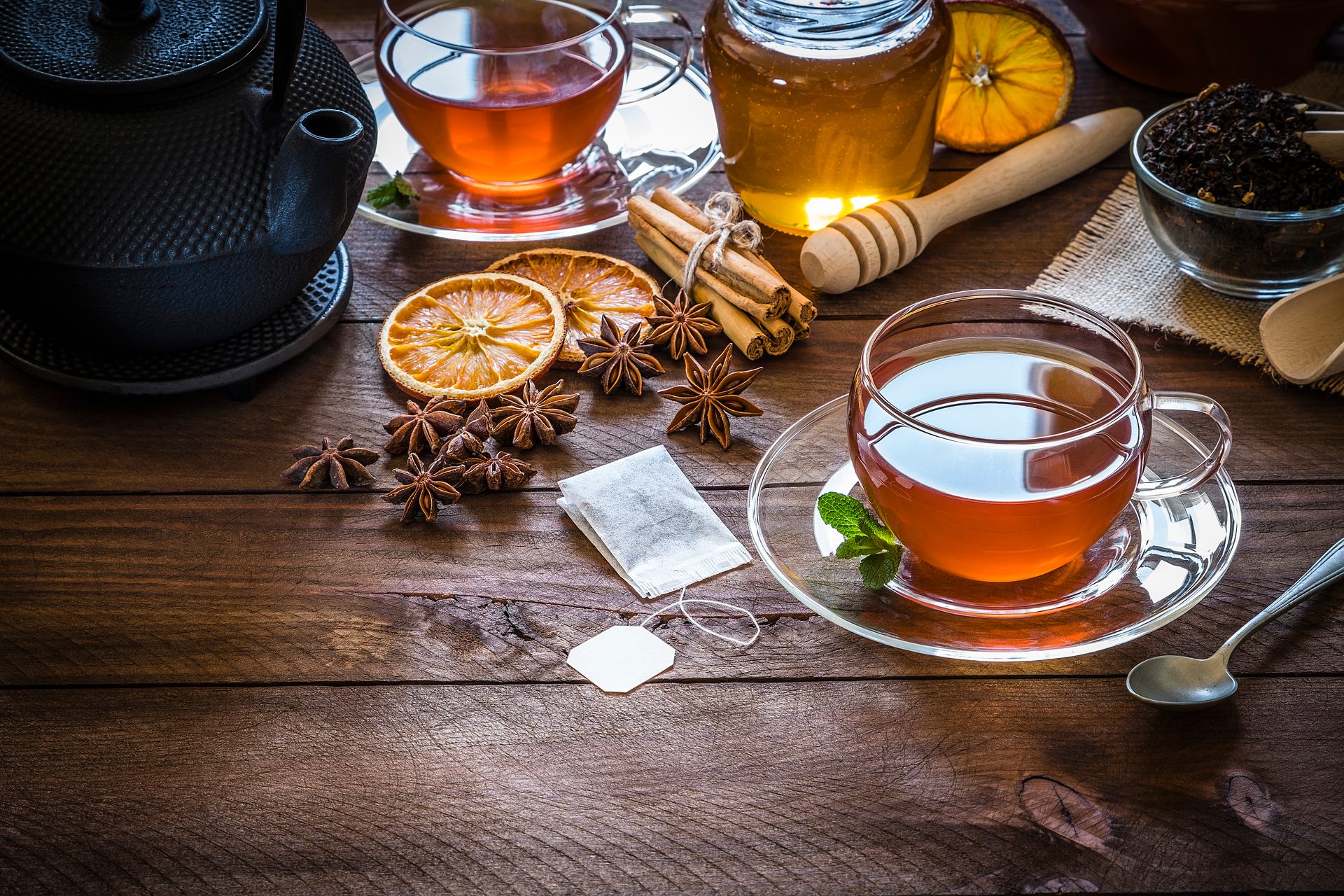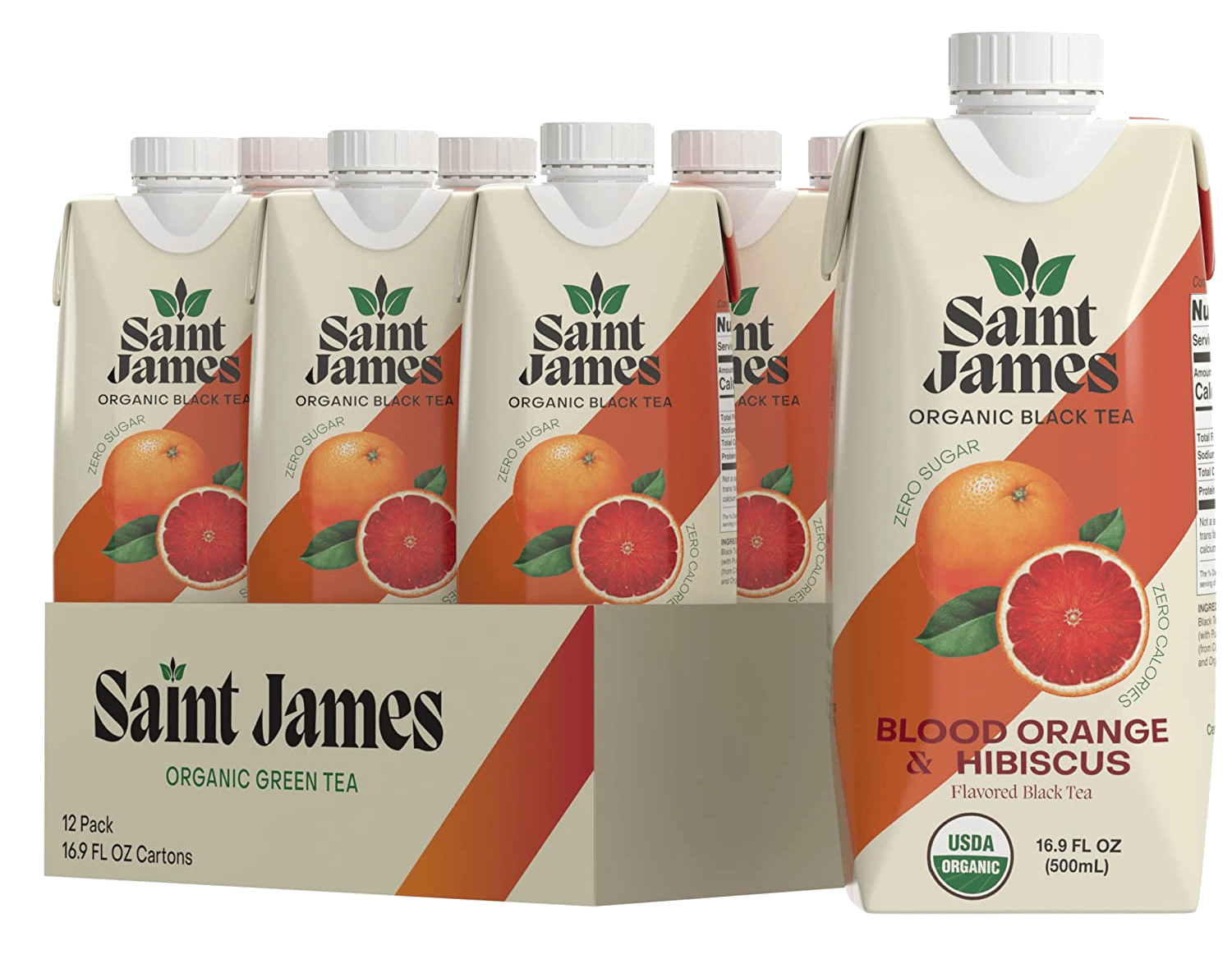Category
Focus
What’s hot is what’s healthy with consumers
By Chloe Alverson
Tea market stays afloat thanks to the beverage’s health benefits
(Image courtesy of Getty Images)
In today’s zeitgeist, to “spill the tea” doesn’t mean to knock over a teacup or teakettle full of the beverage, but instead a segue into discussing the latest happenings or gossip. Sometimes, the “tea” is piping hot or fresh, which is just another way to say that the stories and tales are entertaining, unusual or recent.
Alexia Moreno, industry research analyst at New York-based IBISWorld, spills the tea on what’s going on in today’s tea market.
“As consumers have become more health conscious, they have migrated away from sugary drinks, like sodas and juices, toward healthier alternatives. This shift in consumer preference has sparked a growing interest in the various combinations of teas, leaves and flavors,” she says. “A growing number of individuals are preferring to receive their daily caffeine intake by consuming tea rather than coffee, a trend that is reaching younger consumers who have traditionally favored coffee.”
Moreno notes that “different leaves come with different benefits,” so consumers can find a tea that works best for their intentions.
“Consumers are also becoming increasingly aware of the health benefits of herbs and how they can target specific health issues, further encouraging consumers to try different tea formulations,” she adds. “Although coffee provides many of the same benefits as tea, consumer preferences will determine which caffeinated product consumers’ purchase.”
Adriana Chychula, food, drink and nutrition analyst at Mintel credits health benefits as what make teas attractive for consumers. (Image courtesy of Getty Images)

Adriana Chychula, food, drink and nutrition analyst at Mintel, Chicago, also credits health benefits as what make teas attractive for consumers.
“Tea has always been a powerful functional space, with many cultures throughout history and through today using teas as remedies for their medicinal properties,” she says. “This contributes to a health halo that other beverages can leverage within their products — for example, using caffeine sourced from green tea and other tea extracts and elevating a products ‘clean’ image.”
Other consumer trends that have led to consumer interest in tea include “whole foods”-based, function-forward and clean ingredients, Chychula adds.
IBISWorld’s Moreno notes that with short- and long-term health benefits, caffeine content and routine have supported the consumption of tea domestically.
“Some consumers avoid coffee due to its harsher, more acidic flavors, while tea commonly has a milder flavor,” she explains. “Many find the caffeine in coffee makes them jittery, while the amino acid L-theanine, which is found in tea, can combat this effect to produce a calmer boost of energy.
“There have been multiple studies exploring the health benefits of teas, which range from acting as a diuretic to supporting cardiovascular health,” Moreno continues. “Consumers looking to target specific health issues are inclined to explore the effects different leaves and herbs have on their bodies. Beverage manufacturers can benefit from this trend by developing new tea beverages that appeal to health-conscious consumers and to those looking for flavorful alternatives to other soft drinks.”
Gary Hemphill, managing director of research at Beverage Marketing Corporation (BMC), New York, notes that while the tea category has “experienced soft performance” in recent years, it is “well positioned in today’s beverage landscape” due to its healthy positioning. According to data from BMC, in the fiscal year of 2022, the total tea category saw sales of $20.5 million.
“Ready-to-drink tea and tea bags have dominated the tea category,” he says. “Over the years, ready-to-drink teas have gained share over other formats thanks to their convenience. In more recent years, ready-to-drink has also seen soft performance. Tea pods for single-cup brewers have never taken off like they have in the coffee category.”
“Consumers looking to target specific health issues are inclined to explore the effects different leaves and herbs have on their bodies. Beverage manufacturers can benefit from this trend by developing new tea beverages that appeal to health-conscious consumers and to those looking for flavorful alternatives to other soft drinks.”
— Alexia Moreno, Industry Research Analyst, IBISWorld
Which tea is hot now?
Mintel’s Chychula notes that, according to the company’s research on the tea market, consumers are “most highly engaged with the main varietals,” primarily green tea and herbal teas.
“Tea is highly connected to routine, and these main varietal options are widely available and approachable based on familiarity, poising them to remain relevant as new options enter markets,” she says.
IBISWorld’s Moreno explains that black tea has been the most popular and that it continues to be, because “it is often more affordable than other leaves.”
“Simultaneously, black tea commonly has higher caffeine content than green tea, appealing to consumers who are looking to replace coffee,” she says. “However, green tea has great health benefits, causing green tea consumption to expand. The growth of green and herbal teas has proven to be an opportunity for manufacturers to create new formulations, attracting tea consumers looking to try new varieties.”
Moreno suggests that, as consumers grow curious about teas, the consumption of green, white and herbal teas will also continue to grow, but consumption may never reach the heights of black tea.
Earlier this year, Saint James announced it was adding the flavor of Blood Orange & Hibiscus Organic Black tea to its lineup of ready-to-drink, organic teas. (Image courtesy Saint James Tea)

BMC’s Hemphill notes that Americans prefer black tea, as it accounts for “about 85%” of the tea imported into the United States.
As beverages with added benefits, such as kombucha, are gaining more traction among consumers, IBISWorld’s Moreno notes that, “this has also led tea producers to develop new flavors, combining leaves and products, such as herbs, with additional health benefits to better serve the growing health-conscious population.”
Moreover, with U.S. tea consumers becoming more tea-oriented, beverage manufacturers can use it as an opportunity to invest in new flavor and formulation development, Moreno says. This development could also boost the use of the less popular teas, like white and herbal, she adds. BI

June 2023 | bevindustry.com